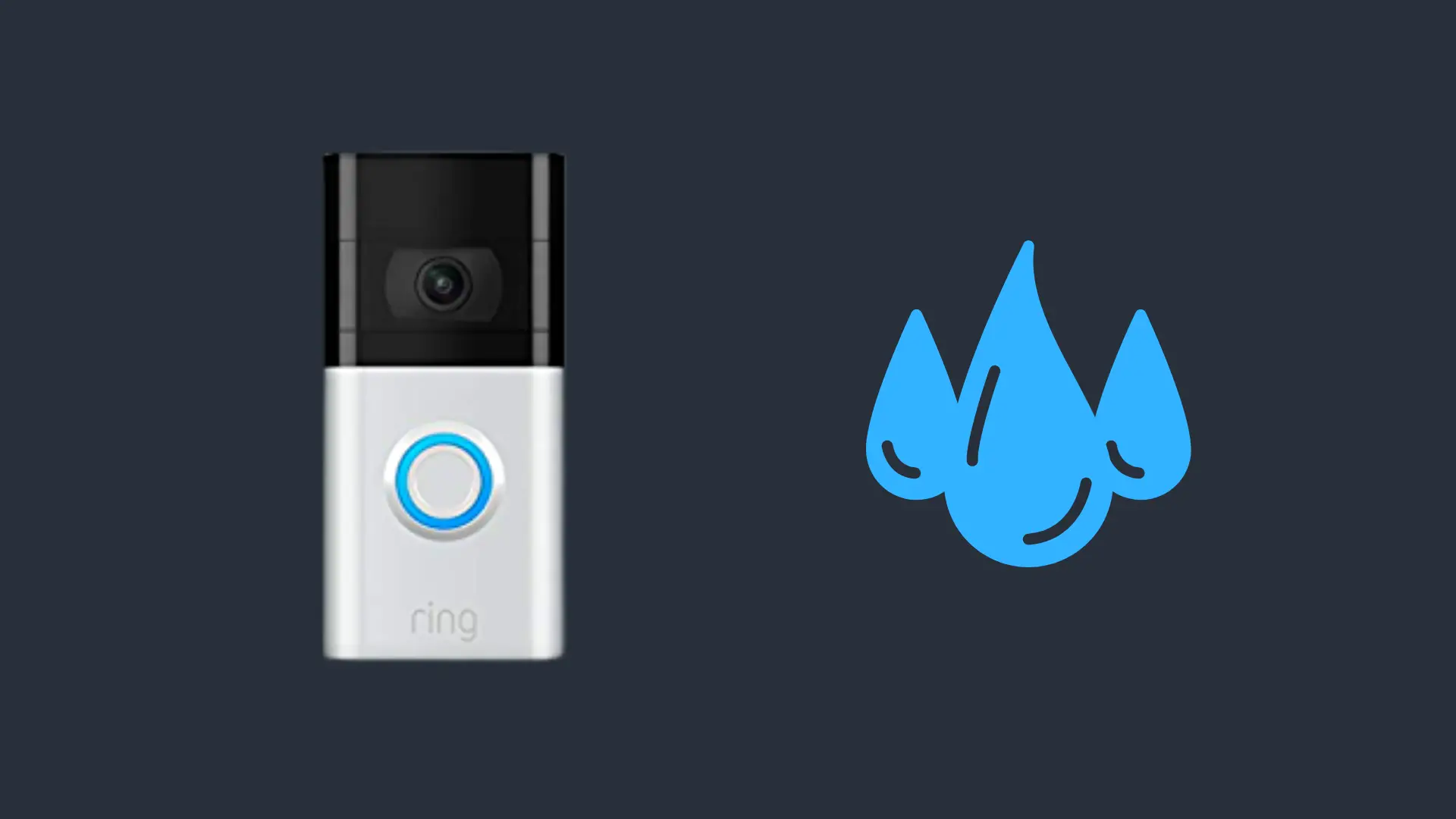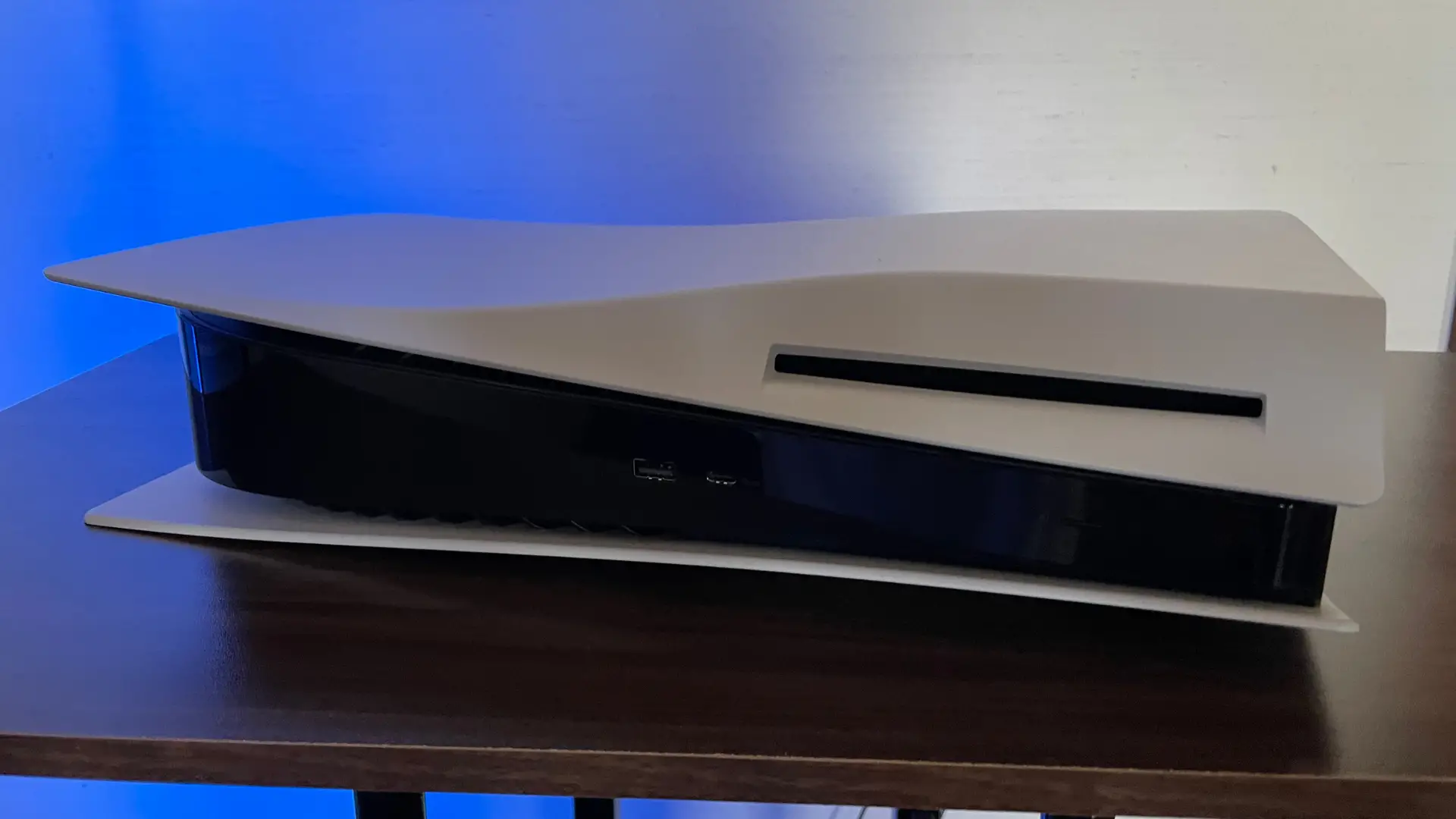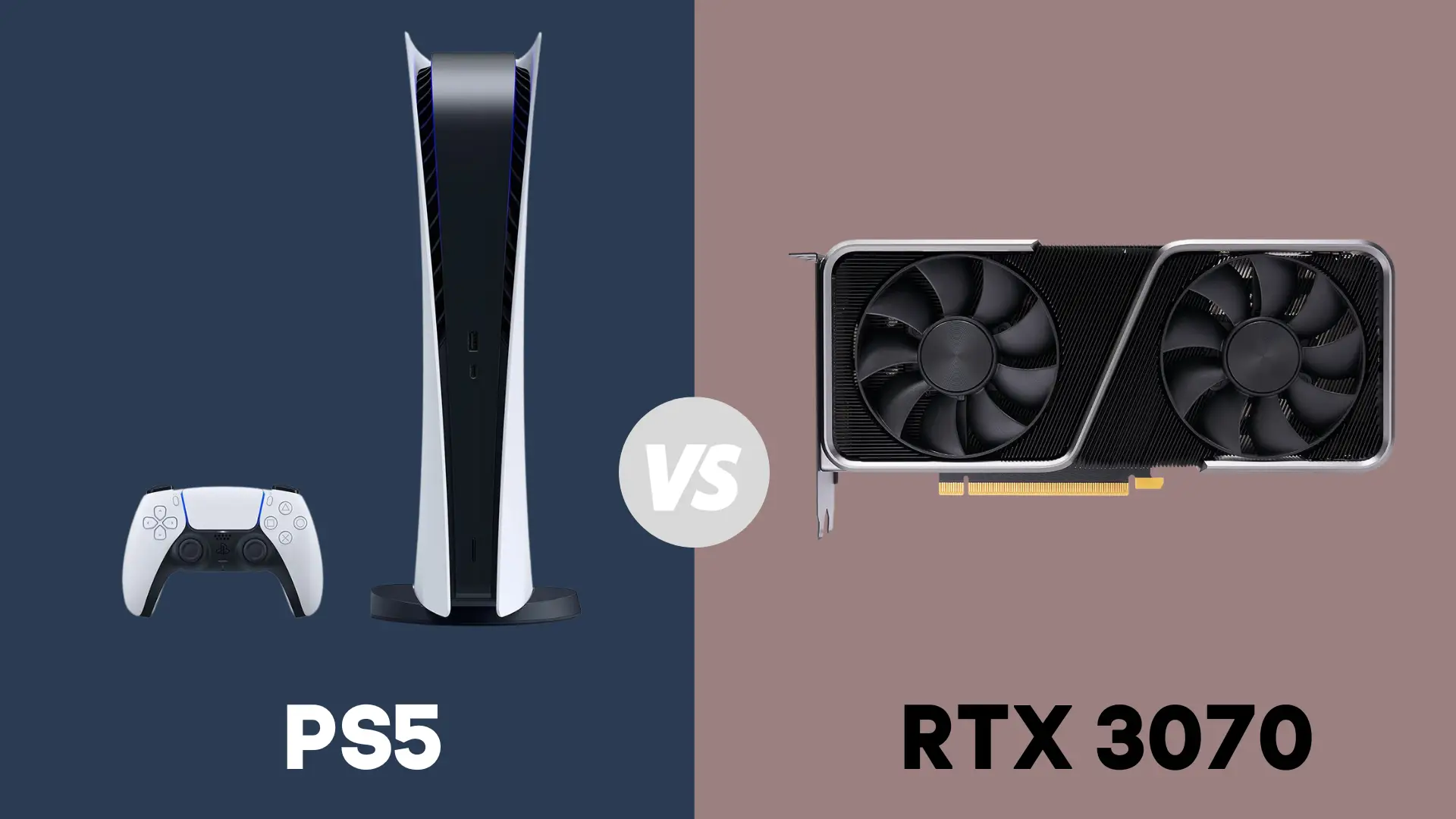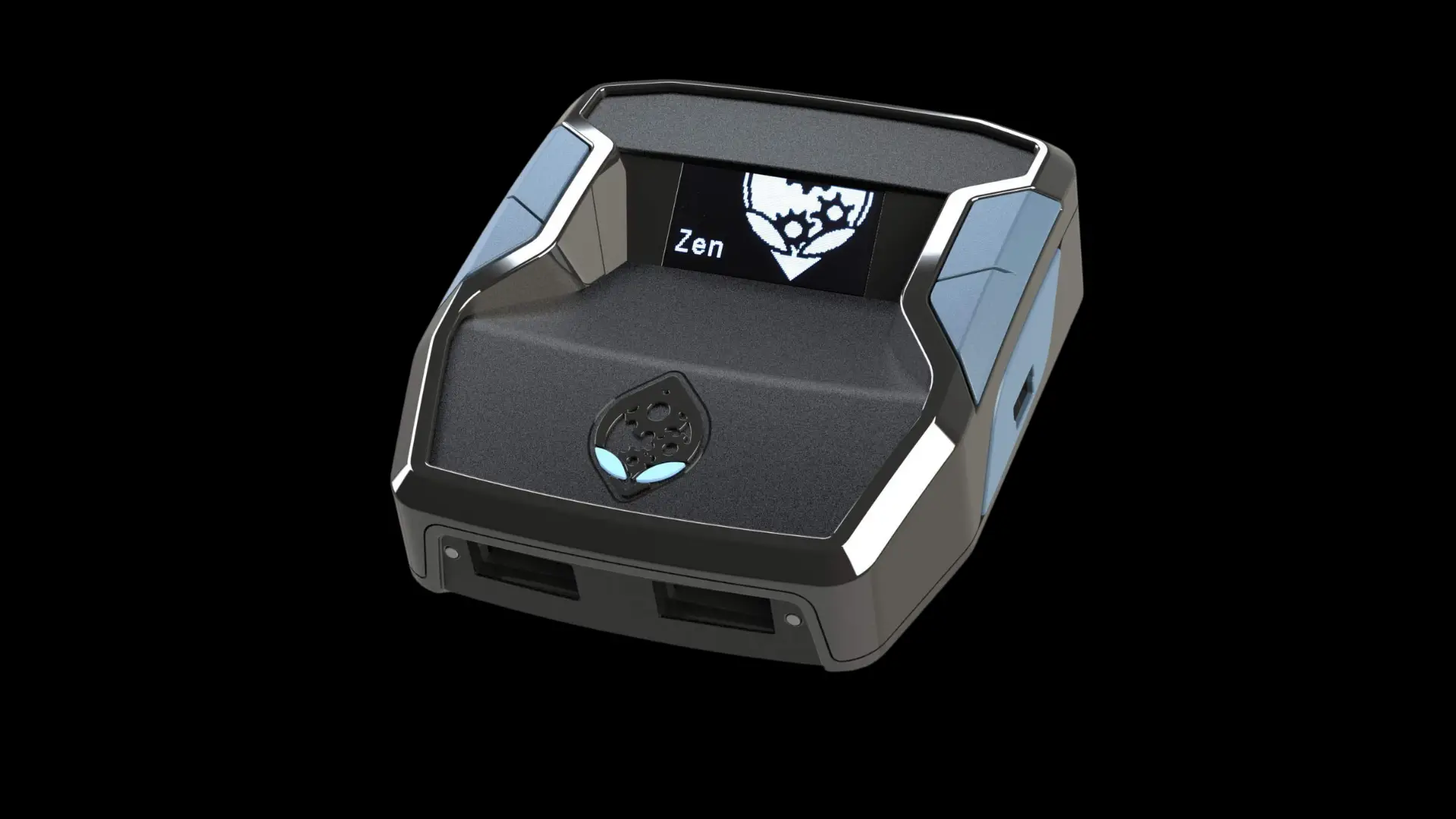How to Tell if MacBook Has Water Damage
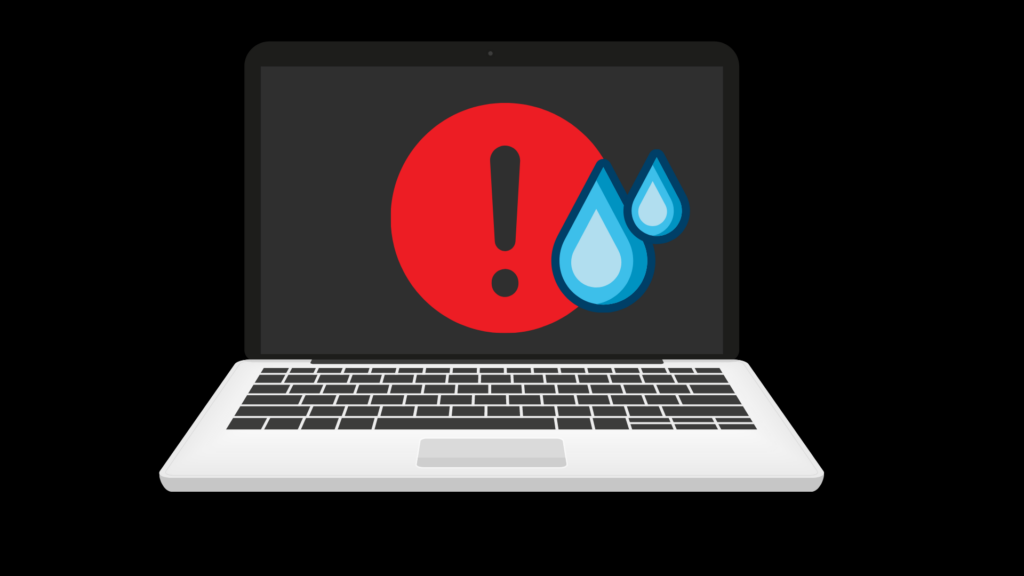
It’s no surprise that water damage can happen at a moment’s notice when using your MacBook. Whether you’re drinking your favorite beverage, are outside in the rain, or are around kids, there’s always the chance that water damage can happen. Being in the know about what to do can significantly impact if your device can be repaired or not.
To tell if a MacBook is water damaged, you must check for liquid damage on the Liquid Contact Indicators (LCI). The LCIs are located outside and inside all major Apple products. These contact points are located under the bottom of the laptop in several different positions.
Don’t worry if this sounds confusing! You don’t have to be a professional to check for water damage, as we can walk through the whole process. However, if you feel uncomfortable checking the device yourself, you can always take the device to the Apple store or a repair store for them to check for you.
What Does Water Damage Look Like on a MacBook?
Water damage can look like many different problems, so it can be hard to determine what is going on. Luckily, there are a few issues that you can keep an eye out for to help see where your MacBook is damaged-wise. Below, we’ll list a few things you should look for after air drying your MacBook for 48 hours.
Check The Power
If a MacBook has been water damaged, the number one indicator is if it won’t power on. No power usually means severe water damage, and there are likely problems with the CPU and other major components. You should take the device to a local computer repair shop if this happens.
Check The Keyboard & Screen
Sometimes water damage can short out the keyboard or screen. If the device powers on, the screen may be black or blurry. Those are clear signs of water damage, and there is likely water trapped underneath the screen.
The keyboard may also become unresponsive or only work when pressing specific keys. In this situation, this means that the keys are likely to have water damage and will need replacements.
Listen For Sounds
How a device sounds is essential to tell if there is any water damage. If there is water damage, you will likely hear buzzing or ringing noises. Noise indicates that the computer is sparking or attempting to send electrical currents through a damaged component.
Check The LCI
Underneath your laptop’s cover is a small round dot that will change to red if water is detected. The LCI is how Apple checks to see if there has been significant water damage. However, each MacBook has a different amount of LCI, and they will be located in various locations under the case.
What to Do If You Spill Liquid On Your MacBook
It can be hard to determine if there is water damage from looking at the exterior. So, it would help if you took precautions before you turned on the device. Below, we’ll highlight what you should do if you spill liquid on your MacBook.
Step 1: Disconnect Power
The first thing you need to do is power off the device and unplug it. Water and electricity can be a deadly combo and can short out the components in your device. So, remove the wall charger from the device and unplug any other devices.
Step 2: Shut Down the MacBook
Next, you’ll need to completely power off the device if you want to prevent long-term water damage. Leaving the power on can cause the water to short out the CPU, screen, and other components. So, you’ll need to hold down the power button until the laptop completely turns off, or if it won’t turn off, shut the computer and wait for the device to go to sleep.
Step 3: Wipe Down The MacBook
Use a clean towel and wipe the device, making sure to pick up any water droplets. You’ll want to place the device down on a large towel and let it air dry. While you could alternatively place the MacBook in a large rice bin, it’s often not necessary.
Step 4: Air Dry The MacBook
Let the MacBook sit flat on a table with it closed for at least 48 hours at minimum. The room should be a dry place with a cool temperature. Either open the window or place a fan in the room to promote air circulation.
Step 5: Check the MacBook
Once 48 hours have passed, you can open your laptop and attempt to turn it on. Test out different laptop features to ensure that it’s working correctly. Also, listen for any odd sounds or noises. If there are any strange noises, power off the device and take it to a computer repair shop for inspection.
MacBook Water Damage FAQs
How Long Does it Take For Water Damage to Show on MacBook Pro?
After a Macbook has been water damaged, you should not turn on the device for 48 hours. If you attempt to turn the device on before then, you risk harming any components that have liquids left on them. Waiting ensures that all water evaporates from the device.
How Much is it to Fix Water Damage in a MacBook?
Fixing a MacBook can be expensive, depending on the type of water damage. In general, you will have AppleCare+ that covers two accidental damages. Luckily, water damage counts, and it can cost anywhere from $300 to $380 for a repair.
Can a MacBook Survive a Water Spill?
A MacBook can only survive for so long after a water spill. Depending on the liquid, the minerals and salts will begin to eat the device’s metal, silicone, and fiberglass. If you continue to use the device, a MacBook will only work for a few days before stopping to work as the inner components get more damaged.
Conclusion
Any water damage done to a MacBook can result in the device becoming more damaged. To prevent this, it’s always good to make sure to power off the machine and dry it out for a few days before turning it on. If the device won’t power on or it won’t work correctly, you can take it to the Apple store.
Qualified professionals can help determine if a professional can repair your laptop. If you have AppleCare+, you can also count on that to help with the costs of damage. Otherwise, it may be better to purchase a new device.
- How to Pair Meta Quest 3 Controllers with Your Quest 3 Headset: A Quick Guide
- How to Charge Meta Quest 3: A Guide to Powering Up Your VR Experience
- How to Cast Meta Quest 3 to Samsung TV: A Step-by-Step Guide
- How To Factory Reset Your Meta Quest 3: A Step-by-Step Guide
- How to Power On and Off the Meta Quest 3


